People born with large, protruding ears or other congenital issues are often embarrassed about the appearance of their ears. In other cases, an injury can result in a visible deformity. Otoplasty, or ear surgery, pins back prominent ears and can improve the appearance of ears by correcting deformities and reshaping ears for children, teenagers, and adults.
Otoplasty Before and After Photos
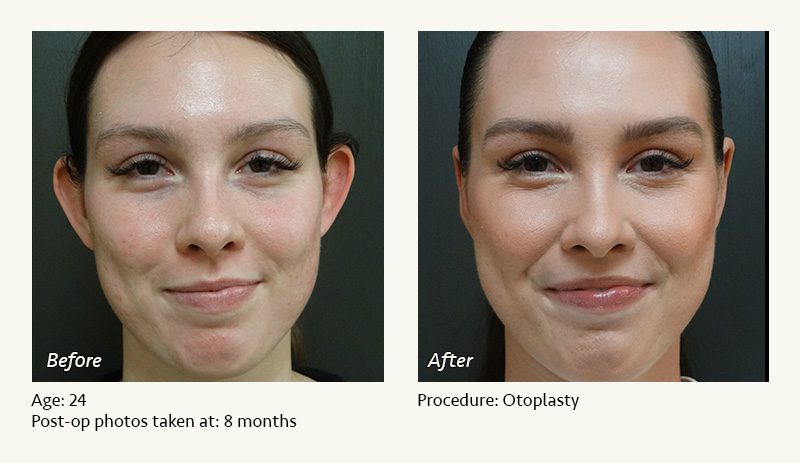
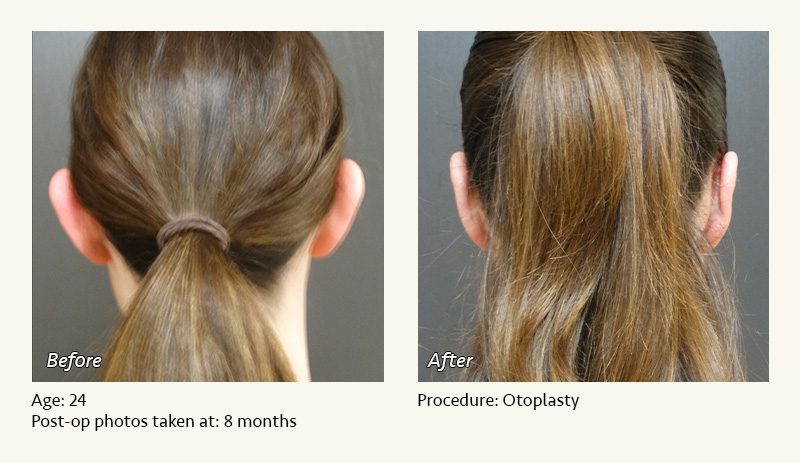
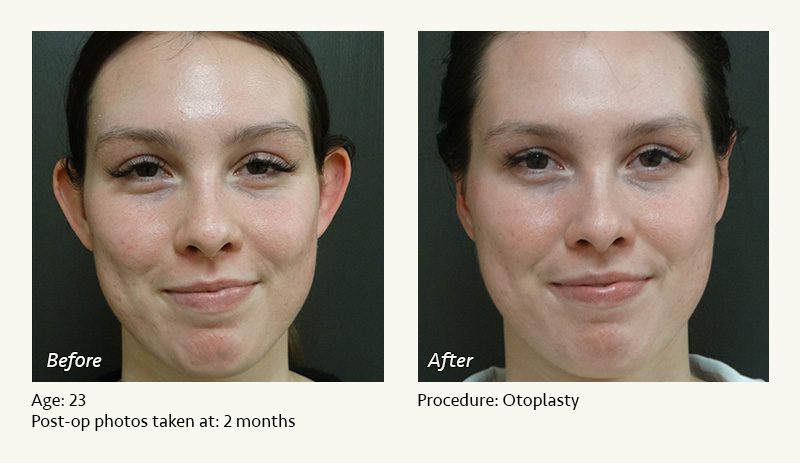
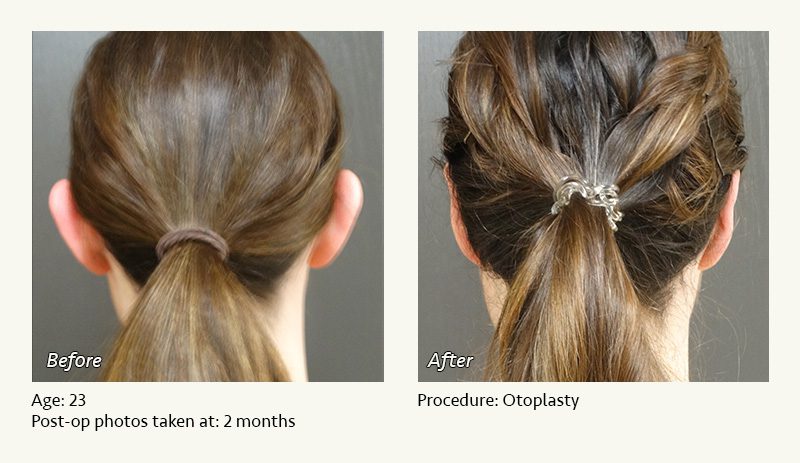
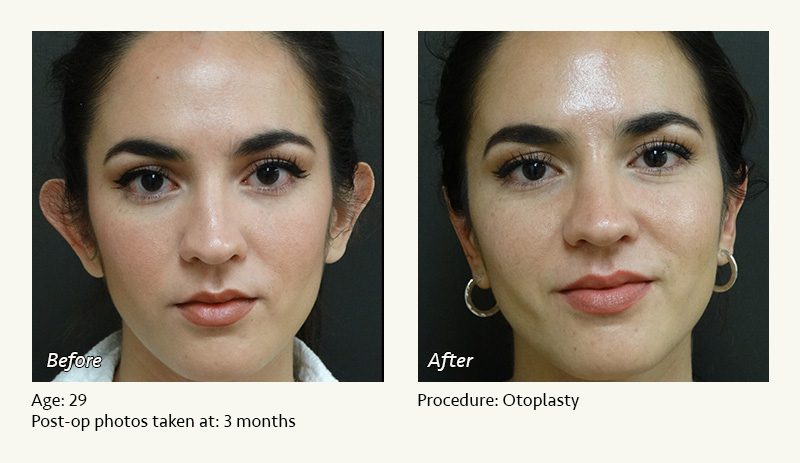
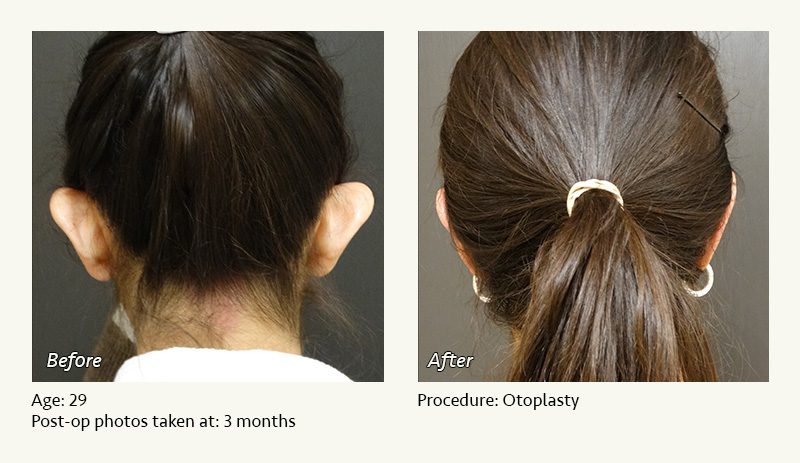
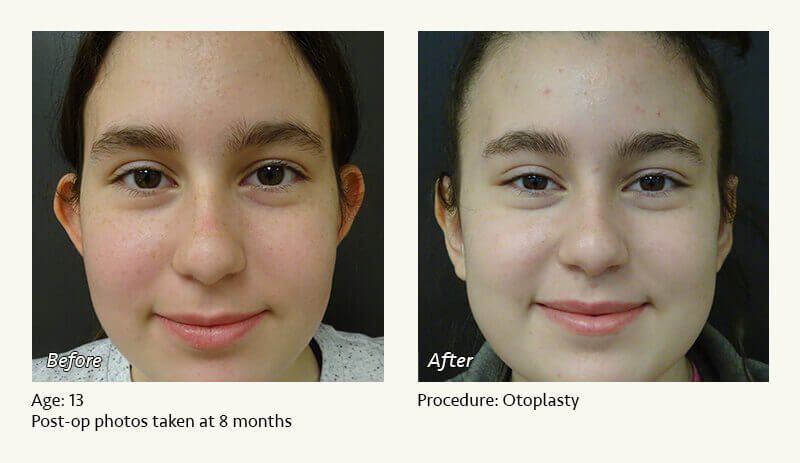
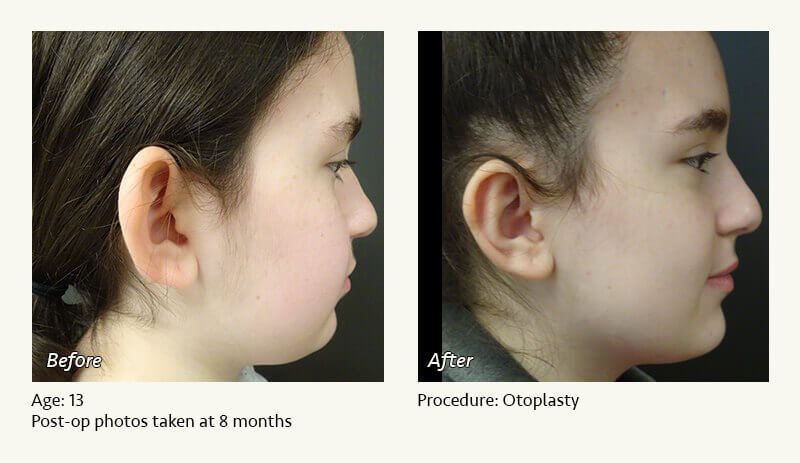
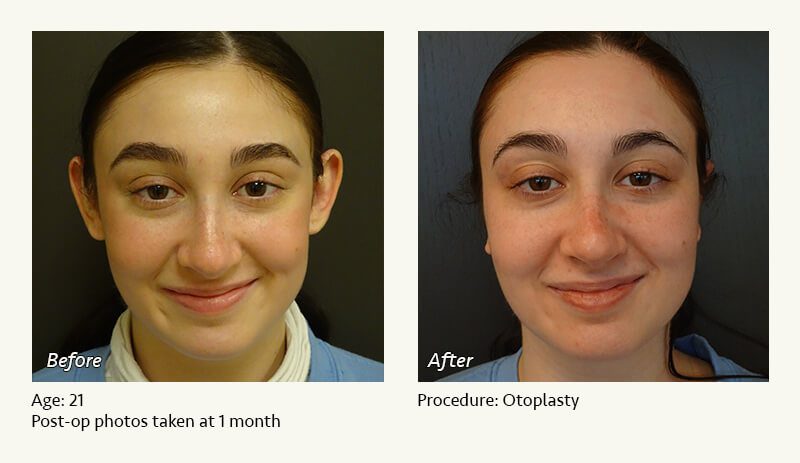
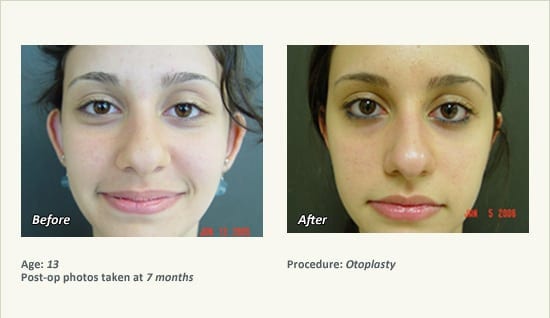
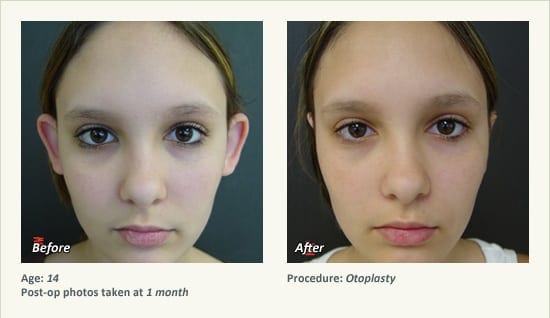
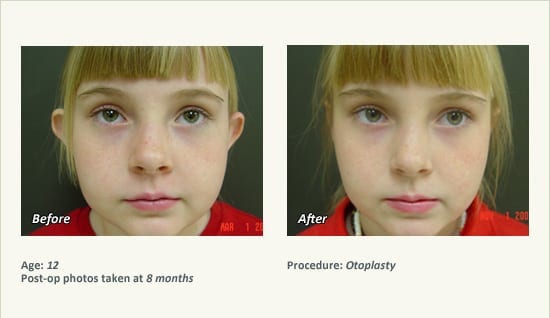
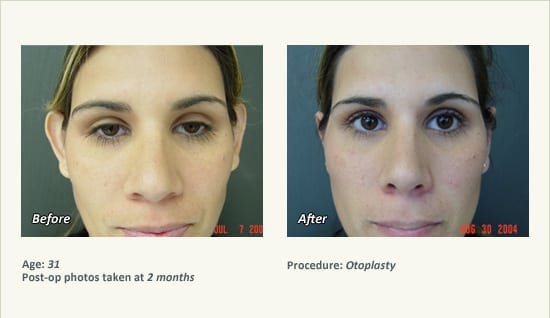
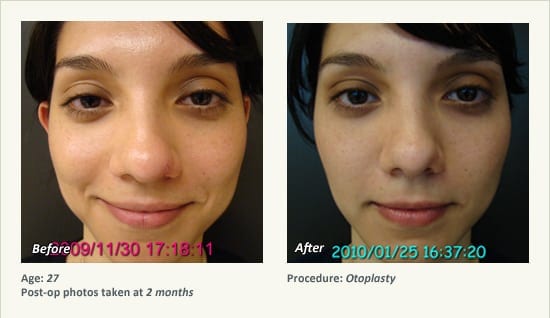
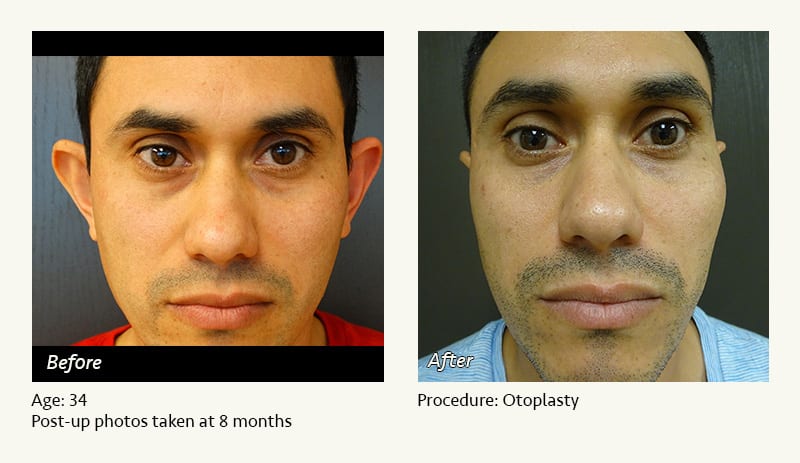
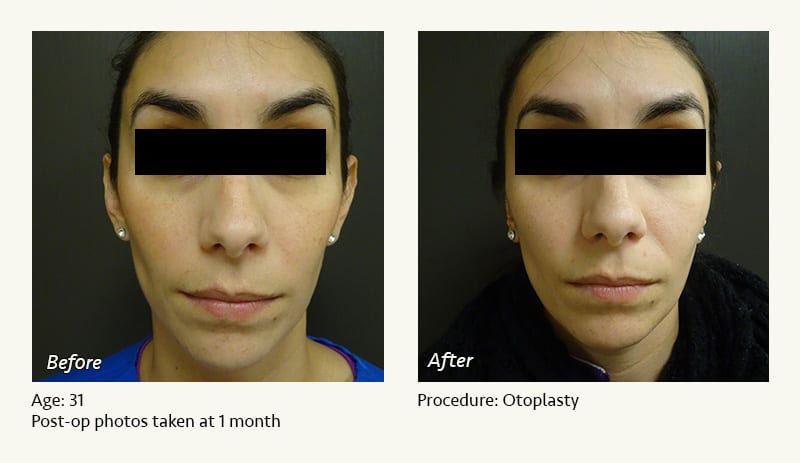
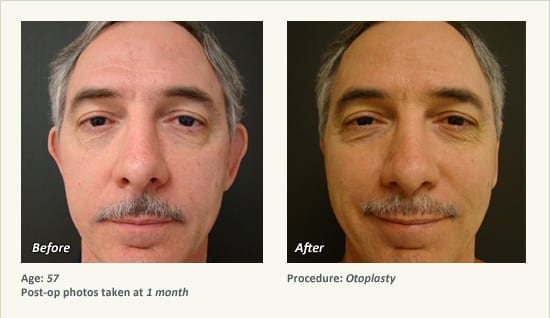
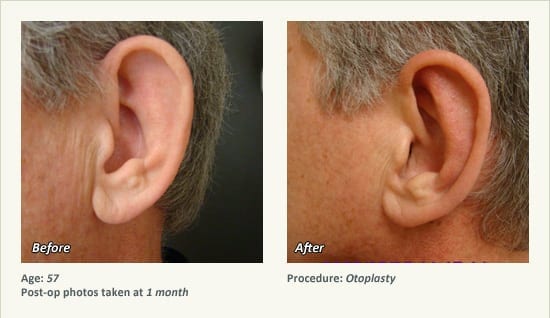
Candidates
Children six years old and older who are bothered by the shape or size of their ears and who are in good general health with a positive attitude are candidates for otoplasty. Adults and teenagers with realistic expectations who are non-smokers are also candidates for this procedure.
Process
Otoplasty is performed in our West Plano Plastic Surgery Center, which is an AAAASF nationally-accredited surgical facility located on the campus of Texas Health Presbyterian Hospital of Plano. Ear surgery is an outpatient procedure, and general anesthesia is administered exclusively by physician anesthesiologists to maximize patient comfort and safety.
Once you are asleep, Dr. Friedman makes incisions behind the ears in an inconspicuous location. An “antihelical fold” is created inside the rim of the ear, within the cartilage, to reduce protruding elements. Permanent sutures are placed to pull ears closer to the head. These sutures secure ear cartilage in the new position. Dissolvable surgical sutures are used to close the incisions and promote healing.
Recovery
Patients are taken to a quiet recovery room until they feel ready to be brought home. Pain is usually mild, and discomfort can be managed with prescription pain medication. Surgical dressings will be applied to the head and ears to assist with healing. Some patients experience an itching sensation, but it is important that bandages remain intact without applying force or pressure to the head for a few days. Having a friend or loved one remain with you for the first night is essential, as you will likely be weak and drowsy following your surgery. Sleeping on your back with your head elevated at all times will aid in recovery.
Tips for Your Recuperation
Follow postsurgical instructions, keep your surgical dressings clean and dry, and avoid physical exertion after surgery. Most patients choose to return to light activities within 3 to 5 days, slowly introducing more as they heal. Surgical dressings are similarly removed 3 to 5 days after otoplasty. Below are some additional tips for ensuring a comfortable recovery.
- Every hour, take 10 deep breaths to keep your lungs expanded.
- Have someone help you get up and walk to eat or use the restroom to avoid blood clots.
- While relaxing in bed, flex your ankles frequently by moving your toes up and down, or have a loved one massage your calves.
- Avoid immersing your head in unclean water for at least 4 weeks, including pools, lakes, and oceans.
- You may resume light exercise in 2 weeks and heavy exercise in 4 weeks.
Patients see improvements in the shape of their ears immediately after surgery. Final results may take between 6 and 12 months to become apparent. Ears will appear less prominent and more inconspicuous.
Q & A
-
Why do my ears stick out?
Prominent ears are usually caused by lack of development of the antihelical fold, a crease in the cartilage located in front of and roughly parallel to the outer rim of the ear. Without this fold (which acts as a crease, folding the ear close to the head), the rim of the ear juts out. Another cause for prominent ears is overdevelopment of the concha, the cartilage that joins the ear to the head. Otoplasty addresses both of these problems by reshaping the cartilages.
-
What is the best age for ear surgery?
Ear surgery should generally be delayed until children are at least 6 years old, as the ears are about 85 percent of adult size at that point. There is no upper age limit on surgery, though ear cartilage is generally easier to shape in children and young adults than in older adults.
-
Will I have visible scars on my ears?
Dr. Friedman makes the surgical incisions for otoplasty in the creases behind the ears. Although there are scars, they are concealed. There are no scars on the outer parts of the ears.
-
If one of my ears sticks out more than the other, should I have one ear done or both ears?
Although Dr. Friedman occasionally operates on one ear, most patients prefer to reduce the prominence of both ears. If there is significant asymmetry of the ears prior to surgery, it will likely be improved by otoplasty but will probably not be 100 percent corrected. Keep in mind that once your ears are closer to your head, it will be difficult to view both of them at the same time, so any residual asymmetry will probably be subtle.
-
Will otoplasty make my ears smaller?
Although most people with protruding ears feel that their ears are too large, the reality is that they are usually normal in size—they just stick out too much. The goal of otoplasty is to make the ears less prominent (as opposed to many other cosmetic surgery procedures, where the goal is to increase the prominence of a feature). Once the surgery is done, the ears may have the illusion of being smaller. Some patients (usually adults) will request reduction in the size of the earlobe (see above), which may be performed alone or in conjunction with otoplasty.
Ear Surgery Instructions
One Week Before Surgery
- Do not take aspirin-containing products, as these may increase your risk of bleeding. Use extra-strength Tylenol for any headaches or other minor pains.
- Please notify Dr. Friedman’s staff if you become sick with a fever, significant cough, etc. If necessary, your surgery can be rescheduled to a time when you are feeling better.
- Do not smoke at all (or use a nicotine patch) for at least 2 weeks (and preferably 4 weeks) prior to surgery and 4 weeks after surgery. Smoking interferes with wound healing and increases your risk for anesthetic and surgical complications.
- Arrange to have a relative or friend drive you home after surgery and stay with you for the evening. You cannot drive yourself home.
Evening Before Surgery
- Do not eat or drink anything for at least 8 hours prior to your scheduled surgery time.
- Make some jello and/or soup for after surgery. Have some juice in your refrigerator.
- The anesthesiologist will contact you by phone to discuss your medical history and to answer any questions.
Before You Leave Home
- Remember not to eat, drink, or smoke. This includes no chewing gum, mints, etc.
- Make sure someone is available to drive you home. Put a pillow and blanket in the car.
- Wear loose, comfortable clothing. Avoid heavy makeup, jewelry, or contact lenses. Please do not use any lotion, baby oil, perfume or powder. LEAVE ALL VALUABLES AT HOME!
Day of Surgery: At the Facility Before Surgery
- Dr. Friedman will talk to you before surgery to answer any last-minute questions.
- You will meet the anesthesiologist and surgical nurses.
Day of Surgery: At the Facility After Surgery
- You will be taken to the recovery area to wake up after surgery. Dr. Friedman will go to the waiting room to speak to your family/friends.
- Approximately 1 hour later, your family can visit you. Once you are feeling well enough, you may go home.
At Home After Surgery
- Have someone stay with you for the first night. You may be weak and drowsy.
- Take the antibiotics, pain medication (as needed), and anti-nausea medicine (if needed) that Dr. Friedman has prescribed for you.
- Keep your head elevated at all times. Sleep on your back (not your stomach or side).
- You may wash your face, but keep your dressings clean and dry.
- Avoid lifting, pushing, pulling greater than 5 pounds. Avoid straining.
- Take at least 10 deep breaths every hour. This will help keep your lungs expanded.
- Do not be a couch potato. To reduce the risk of blood clots in the legs, have someone help you to get up and walk anytime you need to eat or use the bathroom. While you are in bed, repeatedly flex your ankles (moving your toes up and then down) and/or have your family massage your calves.
- If you experience a prolonged fever (oral temperature greater than 101) or nasal bleeding, contact Dr. Friedman. Feel free to call our office or to page Dr. Friedman for any other problems or concerns.
First Postoperative Visit (About One Week After Surgery)
Incision Care
Your surgical dressings will be removed. You will begin use of over-the-counter antibiotic ointment over your incisions twice daily for about one week. Following this, you may begin scar massage with Mederma, Vitamin E, or Aloe Vera twice daily. Continue scar massage for about three months.
Activity level
- One week after surgery: You may resume casual walking but must not engage in vigorous exercise that increases your blood pressure or heart rate. You may resume driving once you are off of your pain medication and can see clearly. Avoid freeways until you are comfortable with city driving.
- Two weeks after surgery: You may gradually resume regular exercise.
Sleeping position
Please sleep with your head elevated. You may sleep on your back or part way over (pillow under your shoulder and hip). Do not sleep on your side until about 3 weeks after surgery.
Ear shape
The ears will look “plastered” to the side of the head immediately after surgery. They will gradually improve and look more natural in the coming months.
Helmets, etc.
Be very careful with the use of helmets and tight-fitting hats. Pushing the ears toward the head is no problem. However, pulling the ears away from the head (by folding the ears with helmets or having friends grab your ears) may damage the cartilage stitches and compromise the surgical results.
Water exposure
You may begin light showers but should avoid scrubbing your incisions. Avoid immersing your face in a pool, lake, or ocean for 4 weeks.
Medications
One week after surgery, you may resume use of any medications or supplements that you discontinued prior to surgery. However, for at least 3 weeks, you should avoid ibuprofen, aspirin, and any other product that may thin your blood.
Smoking
Do not smoke for at least 1 month (and preferably much longer) after surgery. Smoking may increase your risk of infection, lung problems following anesthesia, and wound healing problems.